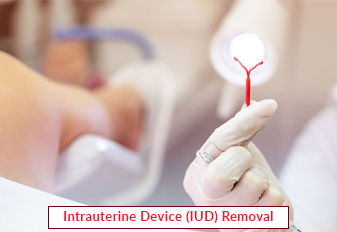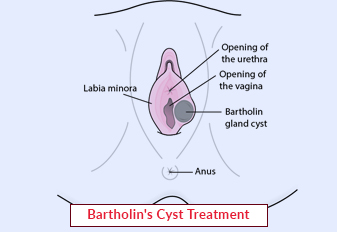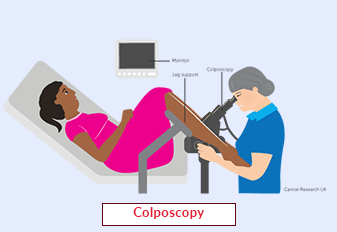Intrauterine Device (IUD) Removal

An intrauterine device (IUD) is a popular and effective form of long-acting reversible contraception. It is a small, T-shaped device that is inserted into the uterus to prevent pregnancy. While IUDs can remain in place for several years, there may come a time when removal is desired or necessary. This article provides an overview of IUD removal, the reasons for its removal, and the procedure involved.
IUD removal is a straightforward procedure performed by a healthcare provider. It involves the careful and gentle removal of the IUD from the uterus. The procedure is usually quick and relatively painless.
Book an AppointmentAbout Intrauterine Device (IUD) Removal
There are several reasons why an individual may choose to have their IUD removed:
-
Desire to conceive: If an individual or couple wishes to become pregnant, the IUD needs to be removed to restore fertility.
-
End of the device's lifespan: Different types of IUDs have specific lifespans. For example, hormonal IUDs typically last between 3 and 7 years, while copper IUDs can remain in place for up to 10 years. When the device reaches the end of its lifespan, it should be removed and replaced if continued contraception is desired.
-
Change in contraception method: Some individuals may decide to switch to a different form of contraception, such as oral contraceptives or barrier methods.
-
Side effects or complications: In certain cases, individuals may experience side effects or complications with their IUD, such as pain, heavy bleeding, or infection. In such instances, IUD removal may be necessary for medical reasons.
-
Personal choice: An individual may simply decide that they no longer want to use an IUD for personal reasons.
Procedure of Intrauterine Device (IUD) Removal
- Preparation: The healthcare provider will first discuss the reasons for IUD removal, address any concerns or questions, and obtain the individual's consent.
-
Positioning: The individual will lie down on an examination table, similar to a pelvic examination or Pap smear.
-
Speculum insertion: The healthcare provider will insert a speculum into the vagina to visualize the cervix and access the IUD strings.
-
IUD string identification: Using sterile instruments, the healthcare provider will locate the IUD strings, which protrude from the cervix into the vagina. These strings are used to safely remove the IUD.
-
IUD removal: The provider will gently and carefully pull on the strings to slowly and smoothly remove the IUD from the uterus. The process is usually quick and may cause mild cramping or discomfort.
-
Verification: The IUD will be inspected to ensure that it is intact and has been fully removed.
-
Follow-up discussion: The healthcare provider will discuss future contraception options and address any concerns or questions the individual may have.
Require Assistance?
Get A Quick Callback From Our Healthcare Experts






